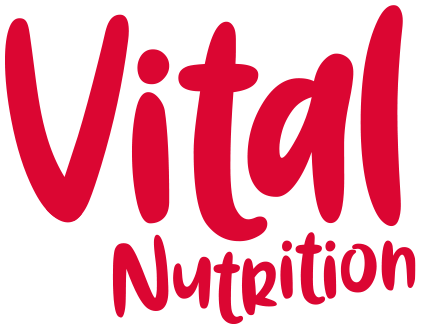Salad shortages
If you have been out shopping for your usual healthy food, you have probably noticed that your local supermarket shelves are looking a bit empty, especially the salad section.
Some supermarkets have recently limited sales of peppers, cucumbers and tomatoes due to the shortages caused by bad weather in parts of Europe where these vegetables are produced at this time of the year.
This has thrown us into a spin, but when you stop to think about it, should we really be eating cucumber, lettuce and tomatoes at this time of the year?
We live in a world where we expect to eat salad ingredients all year around, we want cucumbers in our salads and strawberries on our breakfast in winter and spring and we don’t change our diets much from one season to the other. Is this really such a good idea?
I think we are missing a trick here. The more variety we can get into our diet, the more nutrition we are getting on our plates, and one of the best ways to get variety in your diet throughout the year is to eat what grows locally. Eating fresh, local, seasonal food means that we become more connected to nature and the changing cycle of the seasons, rather than expecting all types of food to be available all year around.
March has just begun and we are still in the very early (and very cold) days of spring. Although your diet might be changing a little from stews and one-pot wonders of winter, I would argue that this is not a time for lettuce, tomatoes and cucumber. If I am making a salad at the time of year, I prefer it to be packed with seasonal treats like carrot, kale, scallions and spring greens.
The vegetables that are in short supply seem to be predominantly salad vegetables that grow here in summertime. We should make the most of these treats in summertime, not when there is still frost on the ground.
I am a big fan of eating local, seasonally produced foods as much as we can. I’ll give you three good reasons why:
It tastes better.
When we eat food that is in season and produced in our local area, it tastes so much better. Think about the east of tomatoes at the height of summer, compared to their insipid taste at this time of year.
It is more nutritious
Seasonal food is packed with more nutrition, richer in vitamins, minerals and polyphenols when it is season.
It is better for our planet
When food travels halfway across the globe to end up on your plate, it is costing the earth. Local produce means less food miles, less pollution and more diversity in our diet.
A good way to know what grows locally and seasonally is to connect to local veg box scheme, use your local farm shops or farmer’s markets, or shop from your greengrocer rather than a supermarket. Growing your own food is another good way to connect to what is in season, and it makes you appreciate the best time to eat certain fruit and vegetables.
With the unlimited availability of all sorts of foods, all year around, we have lost track of seasonal foods a bit. Let’s reconnect to nature and eat with the seasons. Right here, right now we are starting to get some early spring vegetables growing locally. Make the best of what is in season including:
Beetroot
Purple sprouting broccoli
Carrots
Cauliflower
Leeks
Kale
Spring greens
Onions
Scallions
Turnip
Cabbage
Wild garlic
Spinach
Find out whats in season here:

